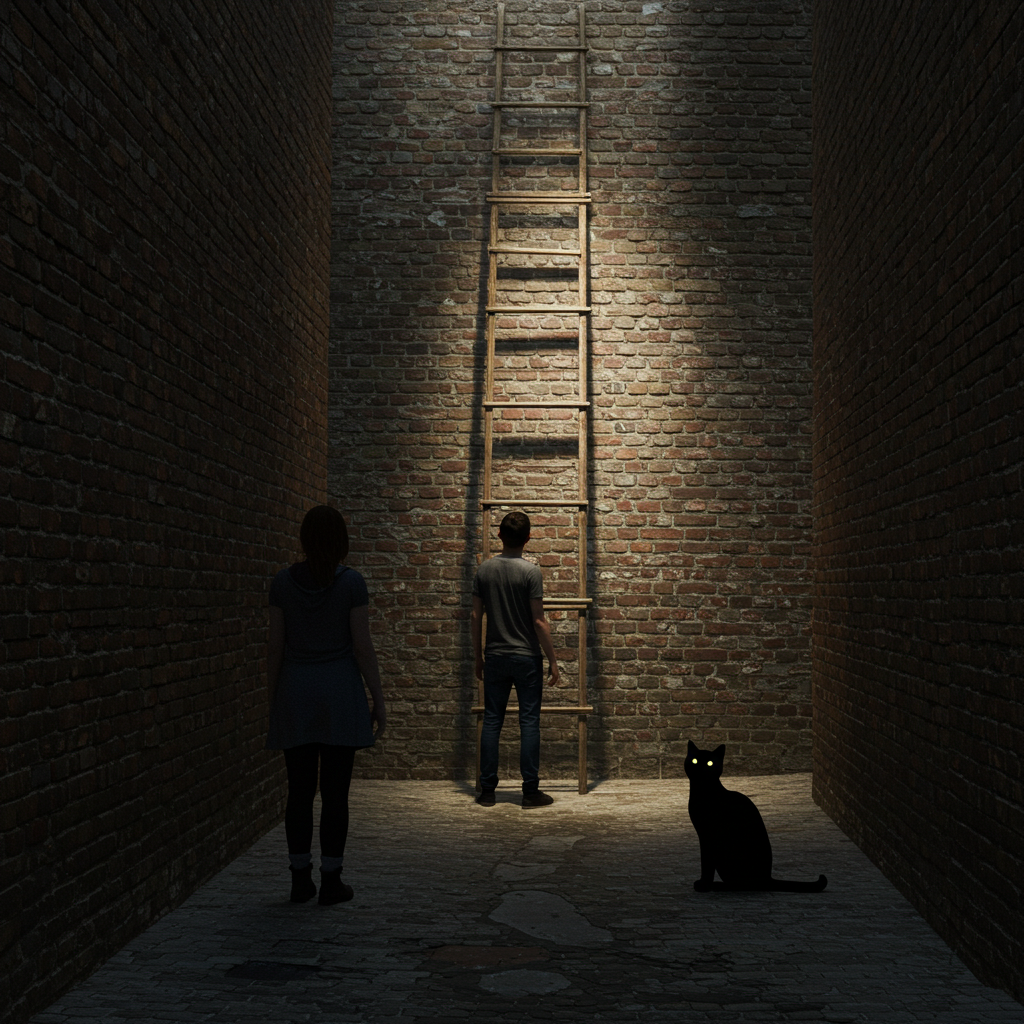According to architectural superstition in various cultures, staircases should contain an even number of steps to ensure household harmony and safety. Odd-numbered steps supposedly create imbalance, increasing accident risk and bringing general misfortune to residents. This numerical prohibition sometimes includes specific exceptions (such as allowing multiples of three) and extends to other household features like porch steps. Some traditions specify that adding a distinctive final platform or landing can neutralize the negative effects of an odd-numbered staircase.

A baby’s future career or fate is predicted by the first object they select during a ceremonial setup.
In several Asian and Eastern European cultures, a traditional ceremony is held for babies usually around their first birthday. Known


